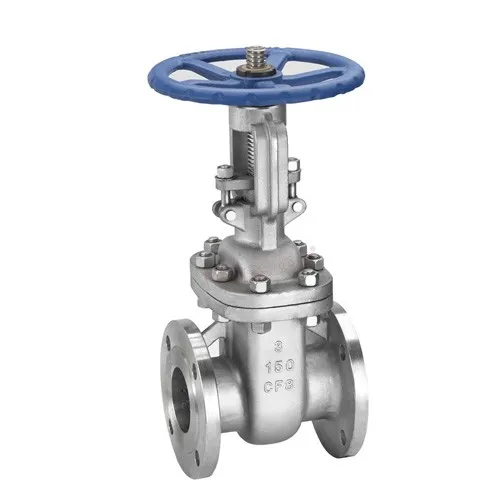Control Strategies for Electric Actuators in Automated Systems and Applications
Understanding Electric Actuator Control
Electric actuators play a crucial role in various industrial applications, providing precise motion control and reliability. These devices convert electrical energy into mechanical motion, making them ideal for tasks that require accurate positioning and force control. The ability to control electric actuators effectively is essential for enhancing automation, improving efficiency, and ensuring safety in numerous processes.
What is an Electric Actuator?
An electric actuator is a type of actuator that uses electric energy to produce motion. Unlike pneumatic or hydraulic actuators, which rely on pressurized air or fluid, electric actuators are powered by electric motors. This characteristic allows them to operate in environments where traditional actuators may present challenges, such as noise, weight, and maintenance issues associated with fluid systems. Electric actuators are commonly used in robotics, automated machinery, and various applications in manufacturing, automotive, and aerospace industries.
Components of Electric Actuator Control Systems
Electric actuator control systems consist of several key components, including the actuator itself, a control unit (often a programmable logic controller or PLC), sensors, and a feedback mechanism. The control unit processes input signals, which tell the actuator how to move. Sensors provide real-time data, allowing the system to adjust operations based on the actuator's current position or load status. This feedback loop is critical for achieving precise control and ensuring the actuator responds correctly to changing conditions.
Control Techniques
There are several techniques used to control electric actuators, each suited for different applications and requirements
.electric actuator control

1. Open-Loop Control In this simple form of control, the actuator receives commands without feedback about the actual position or movement. While easy to implement, open-loop systems lack accuracy and are more susceptible to errors caused by external factors.
2. Closed-Loop Control This method involves continuously monitoring the actuator's position and movement using feedback from sensors. Closed-loop systems can adjust the output in real-time, leading to precise control. This method is particularly beneficial in applications requiring high accuracy and repeatability.
3. PID Control Proportional-Integral-Derivative (PID) control is a widely used closed-loop control technique. It calculates an error value as the difference between a desired setpoint and a measured process variable. The PID controller aims to minimize this error by adjusting the actuator's input. By tuning the proportional, integral, and derivative gains, operators can achieve optimal performance.
Benefits of Electric Actuator Control
The control of electric actuators offers various benefits. First and foremost, it enhances precision and repeatability, which are critical in automated systems. Improved energy efficiency is another significant advantage, as electric actuators consume less energy compared to their hydraulic and pneumatic counterparts. Moreover, electric actuators tend to be more compact and lighter, making them ideal for applications where space is at a premium.
Furthermore, electric actuators can be easily integrated into existing control systems and programmable setups. Their ability to interface smoothly with modern control technologies, including IoT devices and machine learning algorithms, opens up new avenues for advanced automation.
Conclusion
Electric actuator control is a dynamic field that merges electrical engineering, control theory, and automation. By understanding the principles and techniques behind electric actuator control, industries can develop more efficient, reliable, and intelligent systems. As technology continues to evolve, the role of electric actuators in automation will become increasingly critical, driving advancements across multiple sectors and enhancing the capabilities of modern machinery. By harnessing the power of electric actuators, we can pave the way for smarter manufacturing processes and improved operational efficiencies.
-
Breakthrough in Domestic Low Temperature Valve Technology in ChinaNewsAug.18,2025
-
From Machinery to Intelligent Brain: The Digital Transformation Wave of the Valve IndustryNewsAug.18,2025
-
PCVEXPO 2025NewsAug.18,2025
-
The Key to Fluid Control: Exploring the Advantages of Ball Valves in Industrial SystemsNewsJul.09,2025
-
The Versatile World of 1, 2, and 3 Piece Ball ValvesNewsJul.09,2025
-
Stainless Steel Ball Valves: The Ideal Choice for Efficient Flow ControlNewsJul.09,2025
-
Optimizing Fluid Control with Ball Float ValvesNewsJul.09,2025




